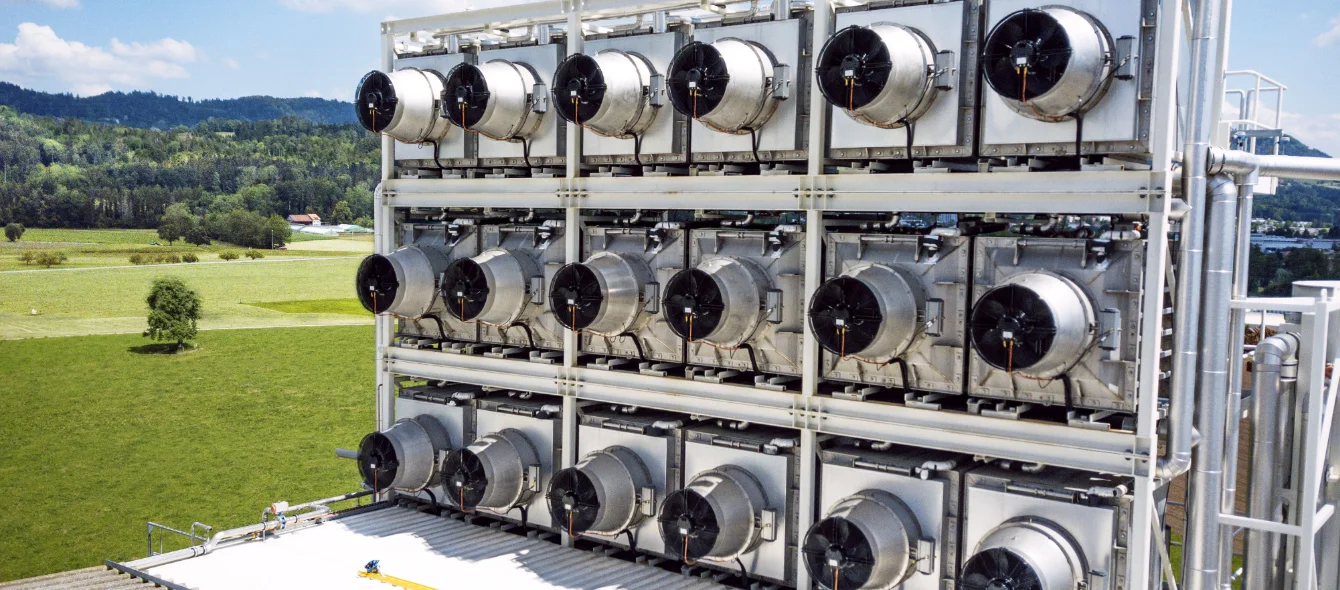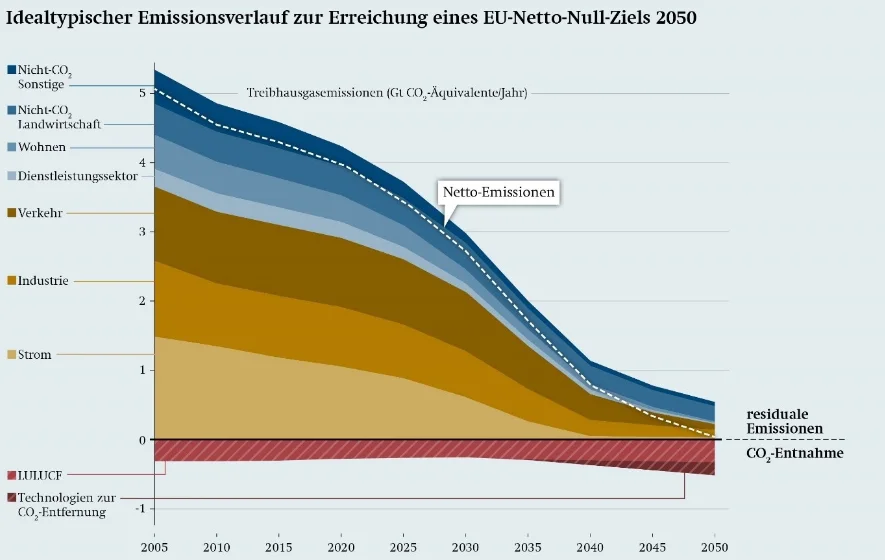The EU must take a new approach to protecting the climate if it wants to achieve its goal of becoming carbon neutral by 2050. This is the conclusion reached by the Unconventional Climate Protection Study published by the German Institute for International and Security Affairs (SWP). The renowned German think tank advises political decision-makers on matters of international policy. According to the scientists, the EU cannot achieve net zero emissions solely by taking conventional climate-protection measures. Among such measures are reducing carbon dioxide emissions by using renewable energy sources and increasing energy efficiency.
Based on calculations by the study’s authors, EU expert Oliver Geden and climate change researcher Felix Schenuit, we will have to actively remove additional carbon dioxide from the atmosphere even before 2050 – and in large quantities to boot. According to their math, up to five hundred million metric tons of the gas will have to be extracted from the air every year.
Net negative emissions to compensate for high-emissions sectors
The SWP scientists are convinced that greenhouse gas removal is necessary because not all EU member states and sectors will succeed in achieving a full zero-carbon economy by 2050. Based on their estimates, it is above all emissions-intensive sectors such as aviation and agriculture that will fail to lower their specific carbon dioxide emissions to zero or fully offset them.
This is why the study concludes that these emissions must be offset by the proactive removal of carbon dioxide or binding of CO2 in biomass. This is what scientists refer to as ‘net negative emissions.’ They demand that EU policymakers step up R&D investment in carbon dioxide removal (CDR) methods in the years ahead.
Limited CO2 removal capacities in agriculture and forestry
The scientists believe that a large amount of carbon dioxide can be removed by making changes in agriculture and forestry. The EU is already conducting forestation projects to remove carbon dioxide from the air proactively, as trees are capable of storing huge amounts of CO2. Furthermore, the biomass of fast growing plants can be used to produce energy.
Changes in agricultural methods such as renouncing deep ploughing, mixing soil and crop residues, and planting catch crops can also extract carbon dioxide from the air. However, all of these ways of generating net negative emissions require vast amounts of land and have limited capacity. The study states that, to hit its climate targets, the EU must thus supplement them with technical methods, which are scheduled to be introduced from 2035 onwards.
Filter systems can actively remove CO2 from the air
The research community has already developed some technical approaches to removing carbon dioxide from ambient air. For instance, the climate-damaging gas can be filtered out of the atmosphere and stored underground through chemical processes. Since the gas is taken directly out of the air, this method is also referred to as direct air capture (DAC).
The first DAC units are already up and running in Switzerland, Italy and Iceland. However, so far, instead of being stored, the captured CO2 is being recycled, for example in Power-to-X methods.
Another way of capturing carbon dioxide from the atmosphere naturally is to accelerate mineral weathering. This is done by distributing ground carbonate or silicate rocks on agricultural land or in ocean surface water. This method could improve soil quality and counter ocean acidification, but has not been explored sufficiently to date.
Insufficient investment in CDR so far
Although the signatories of the United Nations Framework Convention on Climate Change agree that the Paris climate goals can only be achieved through CDR methods, research spending has been paltry thus far. SWP scientists criticise this and demand that the EU sharpen its focus on developing these techniques.
Photo credit: shutterstock.com, Ugis Riba

